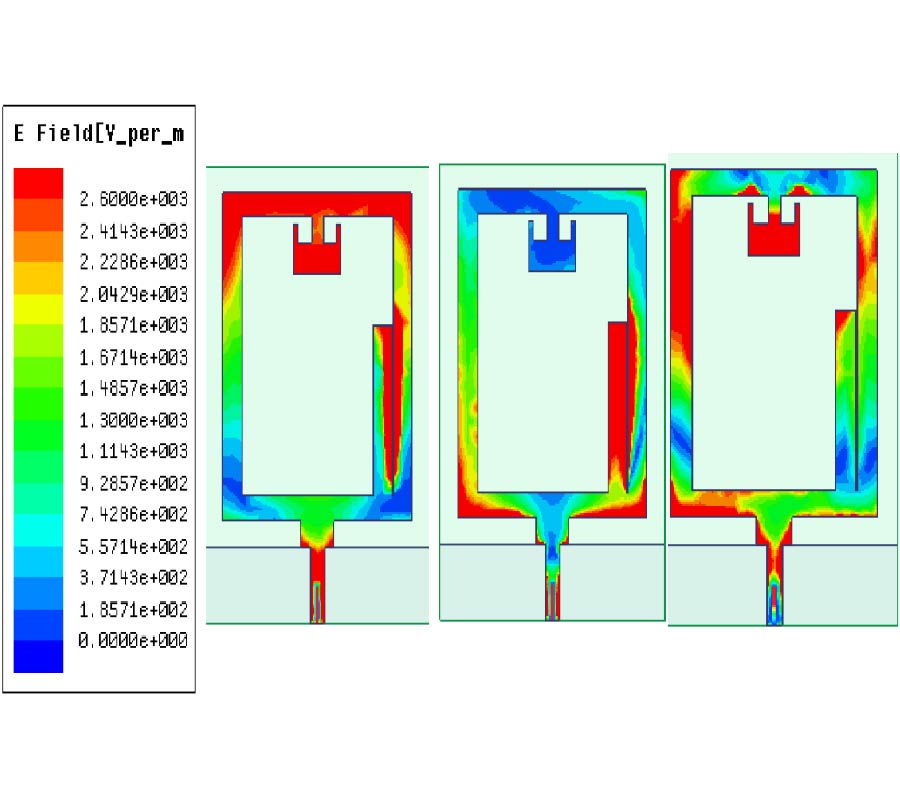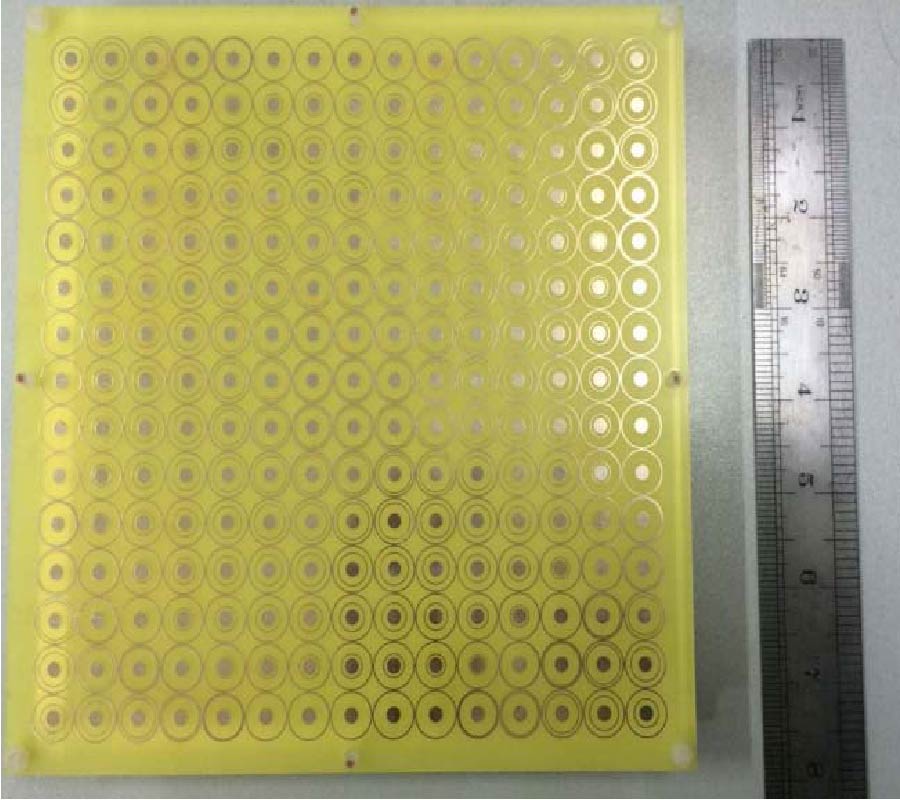2014-12-19 Latest Published
By Shan Shan Huang
Jun Li
Jian Zhong Zhao
Progress In Electromagnetics Research Letters, Vol. 50, 117-123, 2014
Abstract
In this article, a novel compact triple-band monopole antenna for WLAN/WiMAX applications is proposed. The proposed antenna is designed on an FR-4 substrate with thickness of 0.8 mm, relative permittivity of 4.4, and loss tangent of 0.02. It consists of a square ring, an open ended stub, and an inverted T-shaped stub. Three bands covering 2.3-2.76, 3.387-3.73, and 4.97-6.28 GHz are achieved, which cover all the 2.5/3.5/5.5 GHz WiMAX and 2.4/5.2/5.8 GHz WLAN operation bands. Moreover, the presented antenna has a compact size of 24 × 36 mm2. Experimental results show that the proposed antenna gives good gains and has nearly omnidirectional radiation patterns across all the operation bands.

















